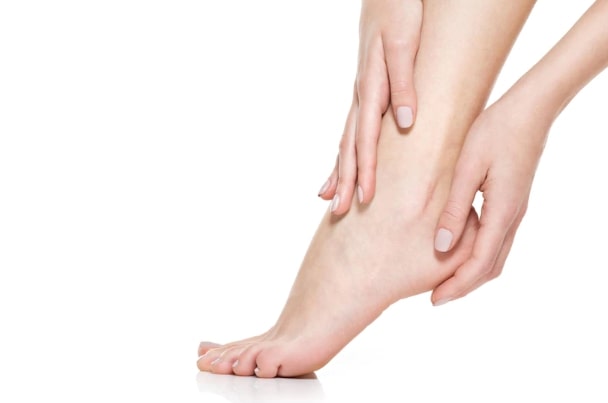What Are Heel Spurs?
A heel spur is a condition that occurs when calcium deposits cause a protrusion between the heel and the arch of the foot. The condition is often painless but can result in mild to severe pain if not treated. If you’ve been diagnosed with a heel spur, you’ll need treatment from a reputable foot and ankle institute. Most conditions are treatable and reversible. Here’s an overview of heel spurs, including definition, causes, risk factors, and treatment:
Heel Spur Symptoms
A heel spur is a bony outgrowth that occurs on the underside of your foot. They are sometimes referred to as osteophytes or calcaneal spurs. The condition has various symptoms, which may include a sharp pain in the heel when you stand up. Heel spurs can cause tenderness at the bottom of your heel and make it difficult to walk barefoot. Other symptoms include a dull ache in the heel, inflammation, swelling in the front heel, and heat in the area. You may also notice small, visible, bone-like protrusions under your heels.
If you experience these symptoms, seek a professional diagnosis from a reputable foot and ankle institute. Early diagnosis and treatment can prevent further injury. Your doctor may use an X-ray scan to help assess your condition. Not all spurs are symptomatic, so you may discover a heel spur when diagnosing other foot and heel conditions.
Heel Spur Causes
Calcium deposits can build up on the underside of your heel bone. The process occurs over several months and results from long-term strain. It also wears the foot muscles and ligaments. The stress impacts soft tissues in the heels and tears the membrane covering the heel bone. Your heels may become more vulnerable with age, and calcium deposits can build up, causing bony protrusions.
Athletes and fitness enthusiasts who run and jump a lot can have a higher risk of stretching the plantar fascia, the tissue connecting the front of our heel to the rest of the foot. These activities and circumstances can be contributing causes to heel spurs. Popular risk factors include walking gait abnormalities, running/jogging on hard surfaces, and poorly fitted/worn shoes. Obesity and excess weight can also increase the likelihood of developing the condition. Other risk factors include:
- Old age
- Diabetes
- Spending most days on your feet
- Frequent bursts of physical activity
Heel Spur Treatment
Treatment for heel spurs can be surgical or non-surgical. Your doctor may first consider non-surgical treatments, including stretching exercises, shoe recommendations, and physical therapy. Other non-invasive treatments include shoe inserts, orthotic devices, night splints, taping, and strapping to relax stressed chest muscles. Ice treatment can reduce pain and swelling. Your doctor may also recommend anti-inflammatory medication and injections.
Most people who develop heel spurs can treat the condition with non-surgical treatments. Some rare cases require surgery. Your doctor may recommend surgery if non-surgical treatments fail after one year of trying. Surgical treatments include the release of your plantar fascia or the removal of the spur. You’ll need comprehensive pre-surgical tests and exams to determine if you’re an ideal candidate.
If you undergo surgery, you must follow post-surgery recommendations, including compression and foot elevation. You may also need bandages, splints, casts, crutches, surgical shoes, or canes. The doctor will determine the best treatment based on your symptoms and conditions. Some conditions may improve with a change of shoes or rest. Other people require pain medication and surgeries.
Working With a Foot and Ankle Institute
Heel spurs are generally preventable and treatable. You should work with a reputable foot doctor with previous experience with heel spurs and related issues. There are facilities that specialize in foot, ankle, and lower leg issues, including diabetic care, heel pain, and arthritis.
Work with a leading foot and ankle institute that can offer comprehensive diagnosis and treatment. The best podiatric surgeons will help you identify the underlying cause of your condition and devise a custom treatment to relieve the symptoms and reverse the damage as much as possible.
Share this content:














Post Comment